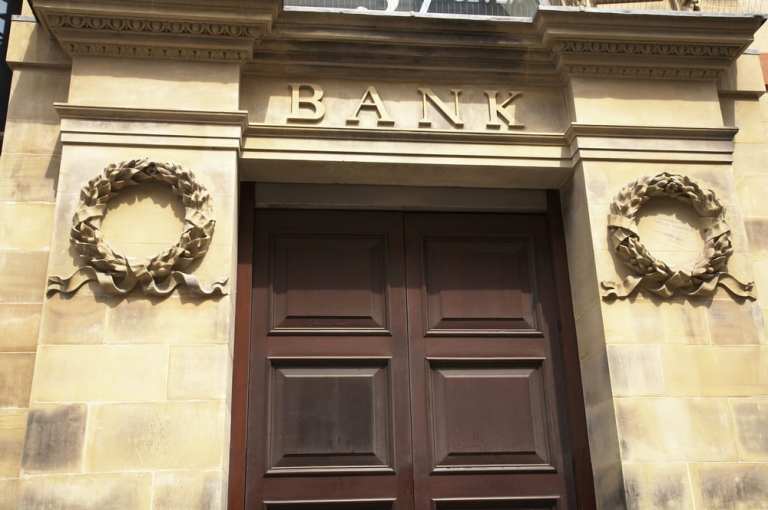
First the rush to get in – and then, perhaps, the rush to get out.
Since debuting on April 3, the Paycheck Protection Program (PPP) – the U.S. Small Business Administration (SBA’s) initiative to grant SMBs forgiveness loans to pay workers for eight weeks instead of laying people off – has had a rocky time of it. Glitches and delays initially bedeviled the roughly $660 billion program, and it’s had a bumpy ride ever since, as the SBA and U.S. Treasury have refined the plan’s rules and parameters several times over the past few months.
In its original incarnation, the PPP would “forgive” any loans made if a company avoided layoffs and used 75 percent of the money for costs like employee payroll.
But after SMBs applied for the first $349 billion tranche of loans in less than two weeks, demand has, to put it perhaps kindly, been tepid. The SBA’s latest Paycheck Protection Program Report shows that as of Saturday (May 23), the agency had approved 4.4 million loans for a net tally of about $511.2 billion. That indicates that roughly $149 billion of PPP money remains untapped.
The SBA said the average loan size granted to date is $116,000. The largest share of loans – roughly 22 percent in aggregate dollar terms – were in the $350,000 to $1 million range, with the next largest tranche (16.2 percent) totaling $150,000 to $350,000. Next, at about 14.6 percent of the total tally, were loans in the $2 million to $5 million range, followed by those between $1 million to $2 million at 14.3 percent.
But as Reuters reported, the latest data show that the program’s net lending actually turned negative beginning in mid-May. The roughly $511 billion that the SBA lent out cumulatively as of Saturday is lower than the $531 billion that the agency reported having loaned out a few weeks ago. And it’s below the $513 billion in loans outstanding that the SBA recorded in mid-May.
Cindy Blankenship, president of the Texas-based Bank of the West, told Reuters that demand has “just dried up.” The bank has stopped taking PPP loan applications and reports that some firms haven’t touched the $87 million in loans that Bank of the West has extended. That’s partly due to confusion over terms of the loans themselves.
Returning the Funds
As PYMNTS reported earlier this month, an increasing number of SMBs sought PPP loans as of April’s end. While only 32.7 percent of the SMBs we surveyed had applied for SBA loans (including but not limited to PPP aid) as of April 6, that grew to 41 percent for those who had sought PPP money by April 20.
But as we also noted in this space last week, the SBA and the Treasury have been endlessly issuing, refining and publishing new guidelines that determine who can borrow, who can’t and who might be scrutinized (read: audited) if they do borrow. Congress has been also leveling an unfriendly gaze at publicly traded companies that got PPP loans during the program’s first phase.
Last week, the SBA said in the latest go-round of rule revisions that it wouldn’t review loans under $2 million, but would instead assume those have certifications made in “good faith.”
Data firm FactSquared recently reported that some 31.6 percent of PPP loan funds taken out by public companies were returned ahead of a deadline last week to do so or face audits. As of this week, public companies had returned 68 loans worth $435.8 million in total, FactSquared said. That’s up from the $412 million that had been returned as of May 14.
Congress is eyeing even more changes to how the program administers and forgives loans. As reported last week, new changes might allow SMBs to use funds for purposes other than payroll.
Other changes, such as those requested by the National Federation of Independent Business, would extend repayment terms for loans not granted.